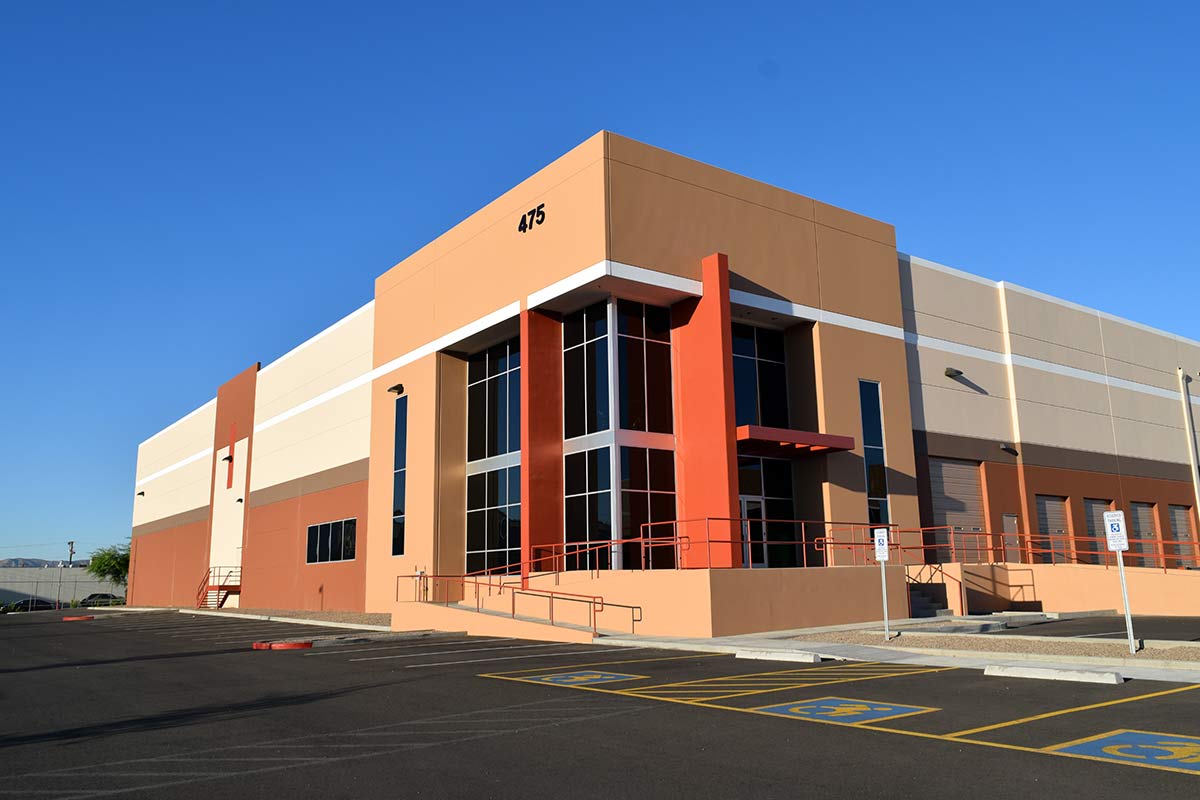5th Street & Buckeye Road Project
 The transformation of the former East Washington Fluff Site,
metal salvage yard, in Phoenix’s central core is the extraordinary achievement
of a decades-long collaboration between the City of Phoenix, Arizona Department
of Environmental Quality, Arizona Department of Health Services, Maricopa
County and the U.S. Environmental Protection Agency. The project received a
$250,000 brownfields grant from the City of Phoenix to help mitigate
remediation and construction costs. The
benefits of this $12 million project include enhanced community health,
neighborhood revitalization, environmental protection, and job creation that
will be experienced for years to come.
The transformation of the former East Washington Fluff Site,
metal salvage yard, in Phoenix’s central core is the extraordinary achievement
of a decades-long collaboration between the City of Phoenix, Arizona Department
of Environmental Quality, Arizona Department of Health Services, Maricopa
County and the U.S. Environmental Protection Agency. The project received a
$250,000 brownfields grant from the City of Phoenix to help mitigate
remediation and construction costs. The
benefits of this $12 million project include enhanced community health,
neighborhood revitalization, environmental protection, and job creation that
will be experienced for years to come.
This 9.6-acre property was abandoned by its owner in 1986
leaving the most challenging brownfield site in Phoenix. The entire property contained more than 6,000
tons of hazardous materials piled up to 18 feet above and 9 to 18 feet below
the surface. These materials were a
threat to public health and the environment, and the property was designated a
Water Quality Assurance Revolving Fund Registry (WQARF) site, also known as a
state Superfund site.
Local, state and federal government agencies worked
hand-in-hand with Harrison Properties Inc., which purchased the site in 2007,
to conduct environmental investigations, clean up surface waste, place a
protective cap, address delinquent property taxes and assist with
redevelopment. The key element to restoring the site was the installation of
539 helical piers to support the two buildings that total 171,640 square feet,
the best method to ensure the buildings would not move or settle. Local Artist Joe Willie Smith created a
sculpture that pays tribute to the difficult site, the important role of the
helical piers, and used numerous historical artifacts from in the mosaic base
of the piece.
